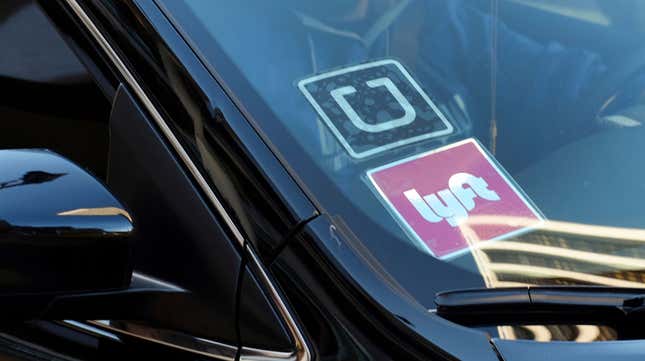Uber Says Thousands of Reported Sexual Assaults 'Reflects the World in Which We Operate'
Latest

On Thursday, Uber released a study revealing it received reports of 3,045 sexual assaults during its rides last year in the United States. This four-digit figure feels like a nationwide four-alarm fire, especially against the backdrop of a lawsuit filed yesterday by 19 women against Lyft over alleged sexual assaults by its drivers. The last few years have been haunted by a loudening chorus warning about the myriad dangers of ride sharing: not only the risk of sexual assault, but the way reports of such incidents may be ignored and suppressed, as is alleged about Lyft. Now this: numbers, digits—far too many of them.
That said, the shock of that figure softens, just a bit, when contextualized: “The New York Police Department, which keeps a register of sex crimes and rapes that occur on transit systems, counted 533 in 2018,” as Kate Conger points out in the New York Times. (That number is just in New York, as opposed to countrywide, which is what the Uber data reflect.) As for ride-sharing’s analog version: There were 14 reported rapes in cabs in 2015, according to the New York Police Department.
-

-

-

-

-

-

-

-

-

-

-

-

-

-

-

-

-

-

-

-

-

-

-

-

-

-

-

-

-

-

-

-

-

-

-

-

-

-

-

-








































